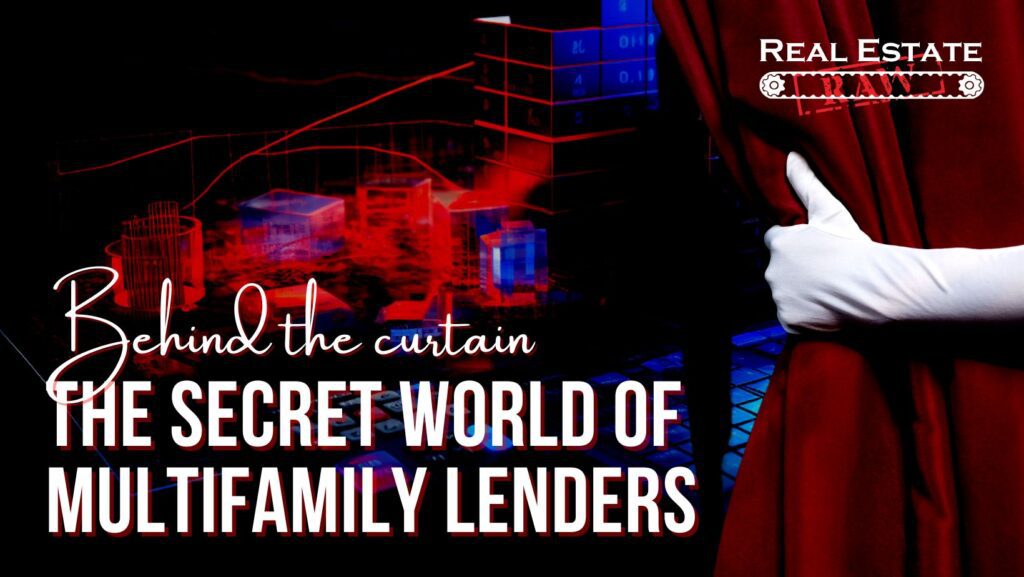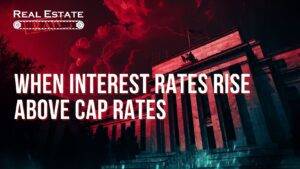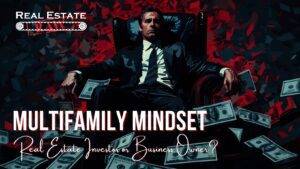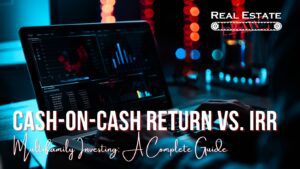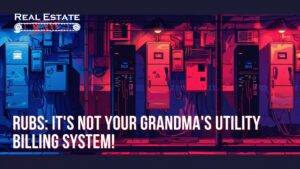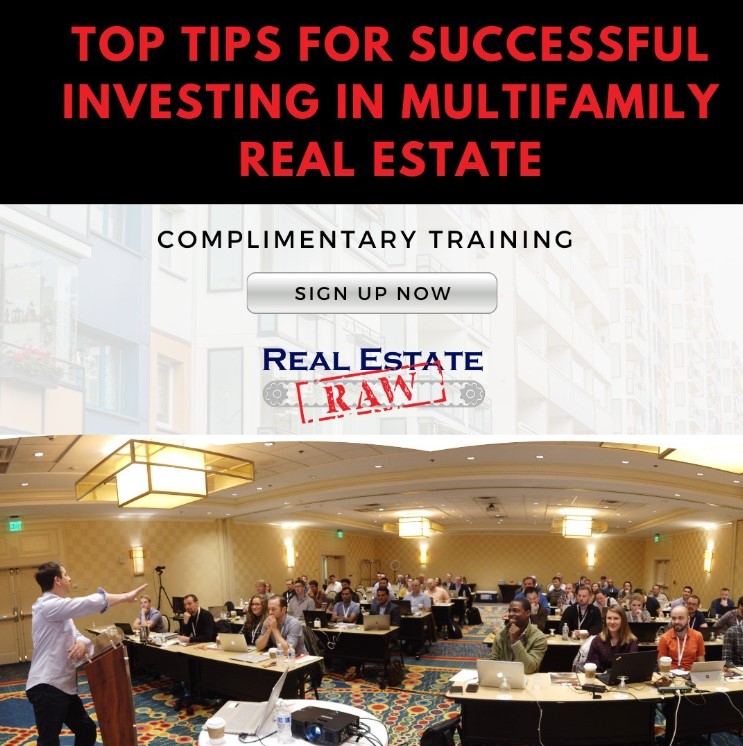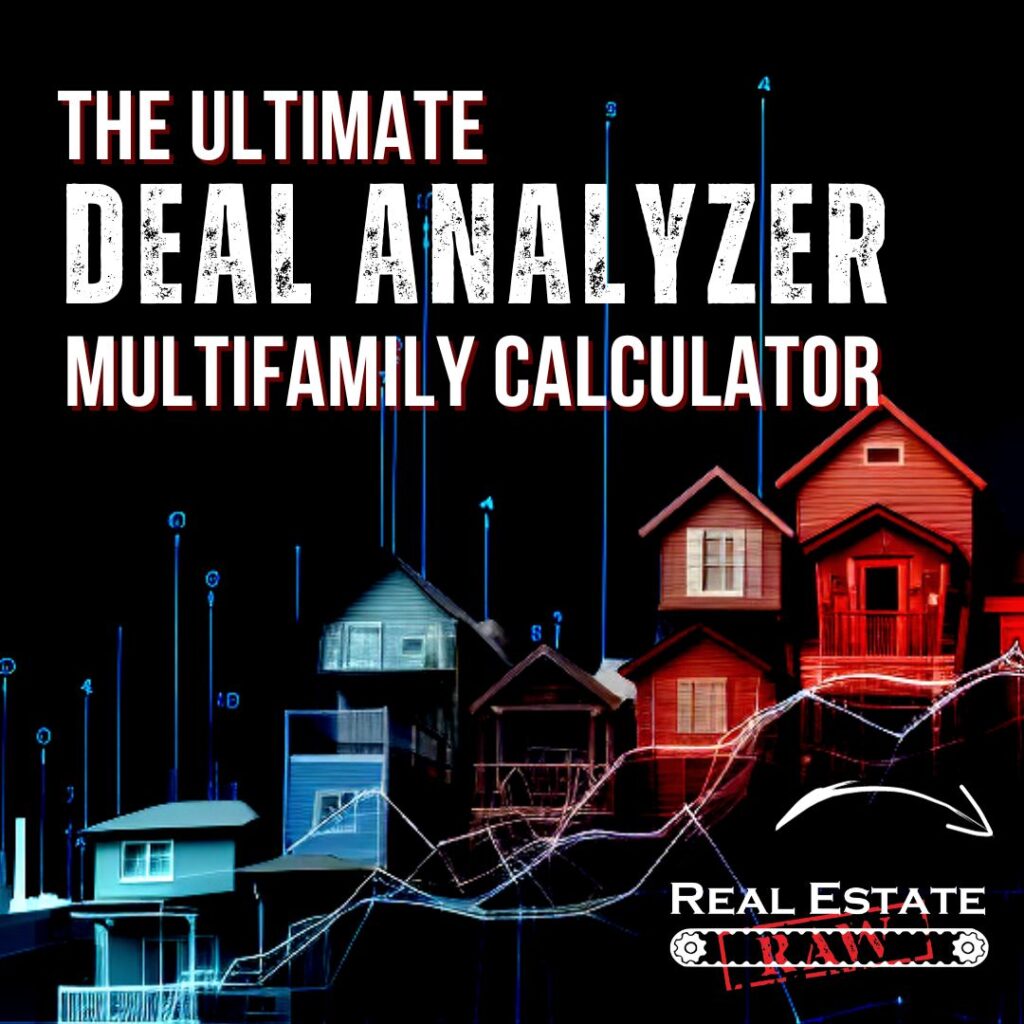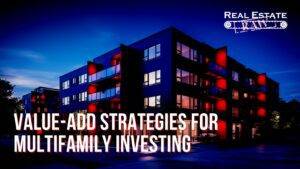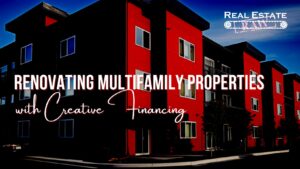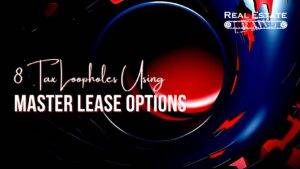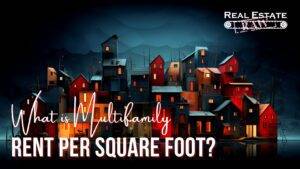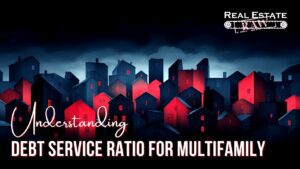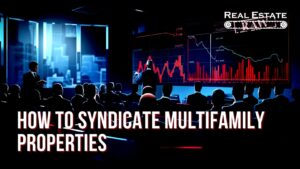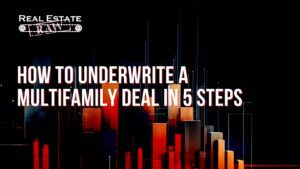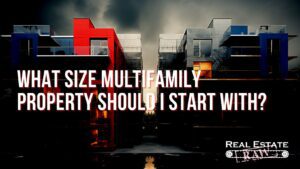A discussion of debt should always begin with a description of the capital stack. Capital stack refers to the hierarchy of debt and equity in a multifamily real estate deal.
The figure below shows the basic capital stack. The senior debt is the lowest equity in the stack. It is the first-position mortgage, and in a liquidity event (sale, refinance, or default), this debt will be serviced first.

Next in the stack would be any second-position or junior debt. This would be a loan or lien on the property that would be paid out secondary to the senior debt. In a default, the asset would be liquidated, and debt paid off in order—first mortgage and then second mortgage (if there is any money left). This category would also include any mezzanine debt or any debt that the seller was carrying back as a condition of the deal, which is also known as seller carryback.
Third in the stack is private equity (LP). This is money that you will put into the deal yourself or money that you will raise from investors. It’s worth mentioning here that this money is not debt and is not treated like debt. Debt will be paid first, and equity takes the risks. Debt will only receive a set amount of profit (the interest rate), and equity will share in the total profits or losses. If you have a preferred return structure in your deal, you will be paying the preferred equity first then any common equity next.
If a property goes into foreclosure, your investors (LPs) will lose their money.
The general Partners are generally liable for the deal. It is the GPs who will be guaranteeing the loan. The LPs will be investing cash and will be liable only for that investment. They share in the general benefits of the assets, such as depreciation and a share of the profits at sale or refinance. If the deal goes bad, they will lose only the cash they invested.
The capital stack can be complicated or quite simple, depending on how you structure a deal. If you are creating a joint venture to buy and operate your asset, then the stack is likely to be simple: debt and equity. The equity portion of your stack would be one group of equal cash as all the members of the joint venture would be active members.
If you are syndicating a deal (creating a security), then your capital stack can get much more detailed. The debt will likely be the same, but you will split your equity into at least two categories. This will be the general partner (GP) shares and the limited partner (LP) shares (go here for further description). Basically, the GP shares will control the deal and have the voting rights for the ownership entity (usually a limited liability company). The LP shares will not have voting rights.
Some syndicators choose to give a preferred return on the LP shares of ownership. This is done by the syndicator choosing a hurdle rate. The hurdle rate is a set amount of profit the investors will receive before the asset managers (GPs) take any profit. For example, if a hurdle rate of 8 percent was set on a deal, the LPs would receive 100 percent of the profits until the deal returned 8 percent on the original cash investment (the LP’s money). Once the LPs reach an 8 percent ROI, any profits above that would be split between the GPs and the LPs. The split would be decided by the syndicator and would be stated in the investment information. A seventy/thirty GP/LP split above the hurdle is not uncommon.
Lenders
Lenders are most often our largest investors and largest liabilities. Understanding debt and its strategic uses is key to success in real estate. There are nearly as many types of loans as there are types of lenders.
Simply put, the commercial debt market can be split into two categories of lenders: fee-based lenders and transaction-based lenders. The difference between the two is in the manner that they produce revenue as lenders and in the type of loans (debt product) they are willing to produce.
Fee-Based Lenders
This category comprises the lenders that make revenue based largely on the fees that they produce from the ancillary services sold to new banking customers. This will be local community banks for the most part. If you can cash a check with this lender, it’s a fee-based lender.
Fee-based lenders will be motivated by the general business that a new borrower or customer will bring to the company. They make fees on their lending, but this will not be their main motive for loans. Debit cards and checking accounts will be.
Your personal bank is one of the best places to start when beginning a new real estate business. Set up a meeting with a commercial lender at your home branch to discuss your interests in real estate and the asset size you plan to start with. Let the lender give you an estimate of your borrowing strength. It’s a great source of free education.
Community banks will be one of the most common sources of debt when you are starting out and when dealing with loan amounts of less than $1 or $2 million. This is just a rule of thumb, but when your loan amounts reach that level, you can start to work with transaction-based lenders.
Transaction-Based Lenders
In commercial real estate, two of the largest sources of debt will be the government-sponsored enterprise (GSE) and the Federal National Mortgage Association, also known as Fannie Mae, and the Federal Home Loan Mortgage Corporation, also known as Freddie Mac.
Fannie Mae and Freddie Mac do not actually issue debt but buy it from what are known as Delegated Underwriting and Servicing (DUS) lenders. A DUS lender will be your gateway to a Fannie Mae or Freddie Mac loan. You will seldom deal with Fannie or Freddie directly but will go through a DUS lender that originated or is servicing the loan.
The DUS lender will underwrite your deal and create your loan. The DUS lender is the one lending you the money. They in turn sell this loan on the secondary market to Fannie Mae or Freddie Mac. The loans are typically preapproved by the applicable GSE. What this means is that if the DUS lender creates loans that follow the GSE guidelines, the DUS lender has a guaranteed buyer for the loan. This type of debt is also known as agency debt.
By selling the debt to one of the GSEs, the DUS lender gets their money back, and the process starts over. The GSEs bundle these loans together into a single fund and sell shares of that fund to investors. These are called mortgage-backed securities (MBS). If the fund is backed by commercial loans, then it is called a commercial mortgage-backed security (CMBS).
A DUS lender largely produces revenue through fees derived from the transactions it produces. This lender is interested in a relationship with you as a borrower but not as a business client in the same way that a local lender is. There is no checking account at your DUS lender.
The main difference between the two types of lenders is how they underwrite you as a borrower. The community bank lender will be more focused on your personal income to guarantee the loan. They will also value the income of the asset but not solely. I often encounter the misconception that lenders will look only at the asset and not care about the lender. This is not true.
DUS lenders and commercial lenders in general will look at the assets’ income for payment of the loan. The deciding factors for this type of lender will be net worth and experience more than your personal income. This is because loans from the commercial lender tend to be nonrecourse, and the debt from the local lender tends to be recourse.
Prepayment Penalties Can Kill an Exit Strategy
One of the main drawbacks to using agency debt is the prepayment penalties that come with this type of loan. Fannie Mae and Freddie Mac bundle mortgages and sell shares of that bundle (CMBS) to end user investors. The investors buy shares of CMBS funds for the stable interest rate that they pay. The CMBS can provide consistent returns to those investors because you pay your mortgage every month with a fixed rate, which provides the scheduled returns to the investor who owns shares of the CMBS.
What happens if you pay off your loan early? You effectively remove that mortgage (and regular interest payments) from the CMBS. This will lower the returns to the shareholders of CMBS. That’s a problem because CMBS shares are sold with the promise of the steady monthly interest created by your loan. The solution? Huge prepayment penalties for paying off agency debt early.
The prepayment penalties are how Fannie Mae and Freddie Mac can guarantee those stable returns to the end shareholders of the CMBS. If you pull your loan out early, you will cover the rest of the future returns to the shareholders with the prepayment penalty. There are different types of prepayment structures, such as a step-down prepayment, where the amount of the penalty lessens as the loan ages. There is also defeasance, in which the prepayment can be covered with the purchase of a bond.
Nonrecourse versus Recourse Debt
The difference between these types of debt is what the lender can do if you default on your loan (foreclosure). In a full-recourse loan, you are personally liable for the debt. If you go into default, the lender could seek to recover any losses on the loan by suing you. With a nonrecourse loan, the lender can take possession of the asset only as repayment for the debt. There is one catch to this last sentence: carve-outs.
Carve-outs, or bad actor clauses, are terms in a nonrecourse loan that, if violated, could cause a nonrecourse loan to become fully recourse. Each loan is different, but a few examples of carve-outs are fraud, theft, and intentional misrepresentation. The fundamental idea is that the nonrecourse loan will remain nonrecourse if you don’t do anything that the lender considers a violation of the loan terms.
Although any lender can create a loan with or without recourse, most community banks and fee-based lenders will issue full-recourse debt. Commercial loans such as those issued by DUS lenders tend to be nonrecourse. Generally, nonrecourse debt starts around $1 million in loan amount on the low side and has no limit. Community banks will issue recourse debt most readily.
If you are wondering about your own financial capabilities (as far as borrowing is concerned) I suggest you reach out to the lending office at your main bank. Wherever you do your daily banking at. Start there. You have a relationship with them. After that you will want to check in with some mortgage brokers to get a feel for the larger properties.
For more information like this check out my blog at www.realestateraw.com and join my Facebook group Real Estate Raw for Multifamily Investors.
Best of luck!
Bill Ham

